Angioplasty is a procedure to restore blood flow through the artery. Angioplasty is performed to reopen a partially blocked blood vessel so that blood can flow through it at a normal rate.
Angioplasty An angioplasty is a procedure that opens or unblocks an affected blood vessel to improve blood flow.
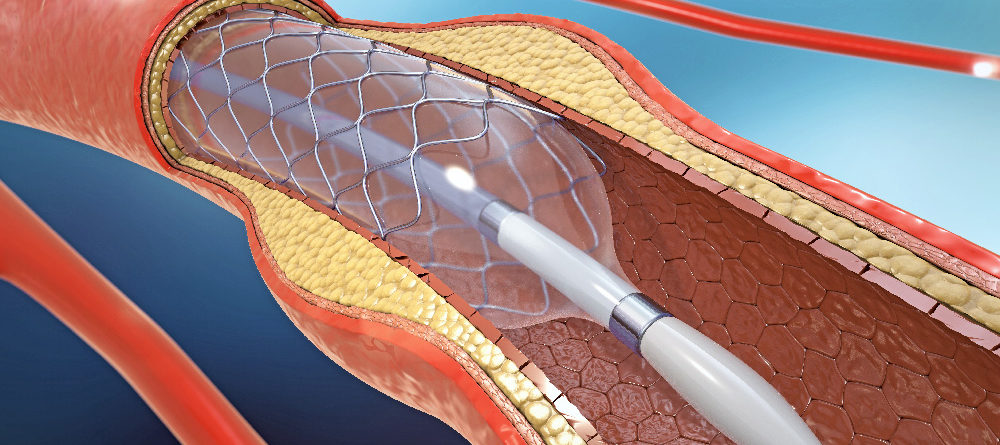
What is angioplasty. Angioplasty is a procedure that widens narrowed arteries in the heart without the need for major surgery. Angioplasty is performed through a small incision in the femoral artery. This less-invasive procedure is also known as percutaneous transluminal angioplasty PTA due to the techniques used.
What is an Angioplasty. Angioplasty is a minimally invasive medical procedure that is prescribed by doctors to patients who are diagnosed with Coronary Artery DiseaseThe purpose of this is simple it helps in restoring normal blood flow through the arteries of a person diagnosed with CAD. It is also known as percutaneous coronary intervention PCI.
When the balloon is inflated the blood vessel should open and. Angioplasty is a term describing a procedure used to widen vessels narrowed by stenoses or occlusions. In patients with an occlusive vascular disease such as atherosclerosis the flow of blood to other organs or remote parts of the body is limited by narrowing of the vessels light due to fatty deposits or patches known as plaque.
Stents help to prevent an artery. Damages to vital blood vessels or heart valves. Angioplasty is a procedure used to increase the flow of blood through a narrowed artery.
It does not involve major heart surgery but involves the use of a thin flexible tube a catheter which is inserted into coronary arteries via the large blood vessels. More than a half million angioplasties are performed each year in the United States alone making it the most common procedure for treating narrowed or blocked arteries and restoring blood flow to the heart. Angioplasty is a procedure used to open blocked coronary arteries caused by coronary artery disease.
Angioplasty is a catheterization procedure that opens arteries blocked or narrowed by a sticky material called plaque. There are various types of these procedures and their names are associated with the type of vessel entry and equipment used. However most modern angioplasty procedures also involve inserting a short wire-mesh tube called a stent into the artery during the procedure.
The surgery involves passing a long thin flexible tube called a catheter across the atherosclerotic plaque that is causing the blockage. The angioplasty catheter has a design intended for easy use with a stent a small tube left in. Coronary angioplasty is a treatment to widen narrowed sections of the heart coronary arteries.
The doctor threads a thin tube through a blood vessel in the arm or groin up to the involved site in the artery. An angioplasty catheter is a medical device designed for use in angioplasty procedures where the goal is to address a blood vessel that has become narrowed or clogged. Risks associated with angioplasty Formation of thrombi and their embolization.
February 09 2021 Angioplasty catheters are used to address blood vessels that have become narrowed or clogged. Angina a pain in the chest indicative of a lack of oxygen flow to the heart is a warning sign of narrowing or blocked arteries. The tube has a tiny balloon on the end.
There are two main types of angioplasty. It restores blood flow to the heart muscle without open-heart surgery. Stent placement in the artery which involves a tube or stent made out of wire mesh.
The stent is left. Balloon angioplasty which involves using the pressure of an inflating balloon to clear plaque that is blocking an. Angioplasty can be done in an emergency setting such as a heart attack.
The term angioplasty means using a balloon to stretch open a narrowed or blocked artery. Although angioplasty is an extremely effective way of treating ischemic heart diseases it cannot be performed when the patient has multiple blockages in the coronary circulation or when the site of obstruction is difficult to be accessed. You have angioplasty in a hospital.
An Angioplasty means a surgical endovascular procedure that is minimally invasive and is used to widen obstructed or narrowed blood vessels arteries and veins around the heart in order to restore the natural flow of blood. It involves placing a long thin tube catheter into a blood vessel to place a small balloon at the site of the narrowing. If diet and medication do not control angina your doctor will probably recommend a balloon angioplasty.
In pathological terms angioplasty is called percutaneous coronary intervention or PCI.
 Angioplasty Ending Inappropriate Use Parsemus Foundation
Angioplasty Ending Inappropriate Use Parsemus Foundation
 What Is Angioplasty Definition Procedure Recovery Biology Class 2021 Video Study Com
What Is Angioplasty Definition Procedure Recovery Biology Class 2021 Video Study Com
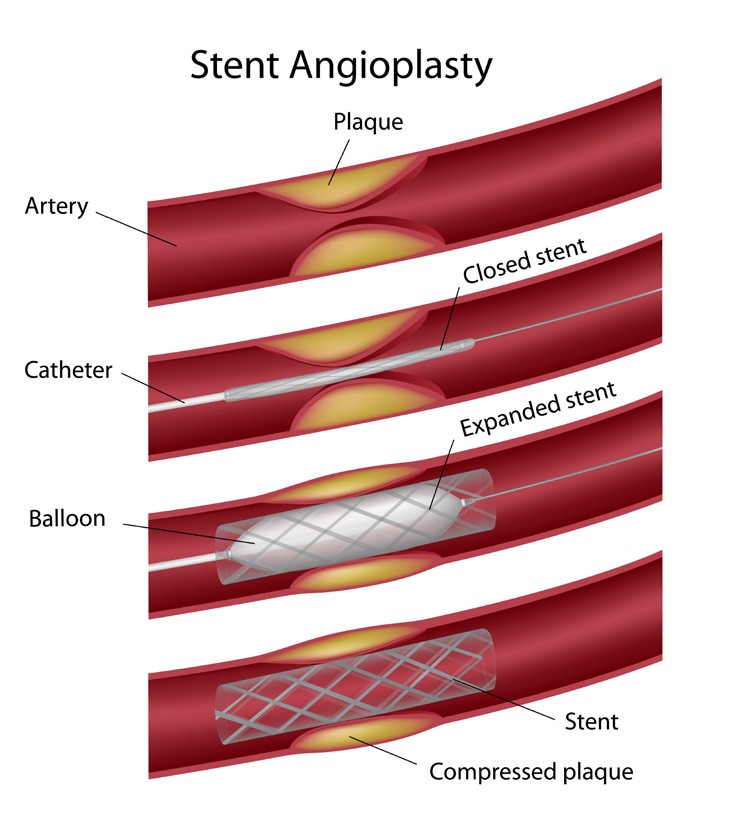 Primary Angioplasty Chest Heart Stroke Scotland
Primary Angioplasty Chest Heart Stroke Scotland
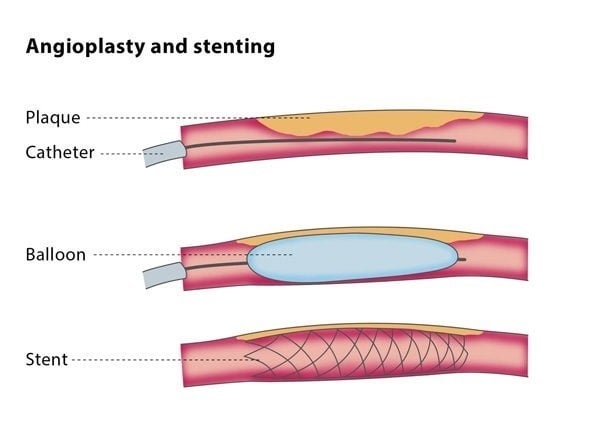 Angioplasty And Stenting Cirse
Angioplasty And Stenting Cirse
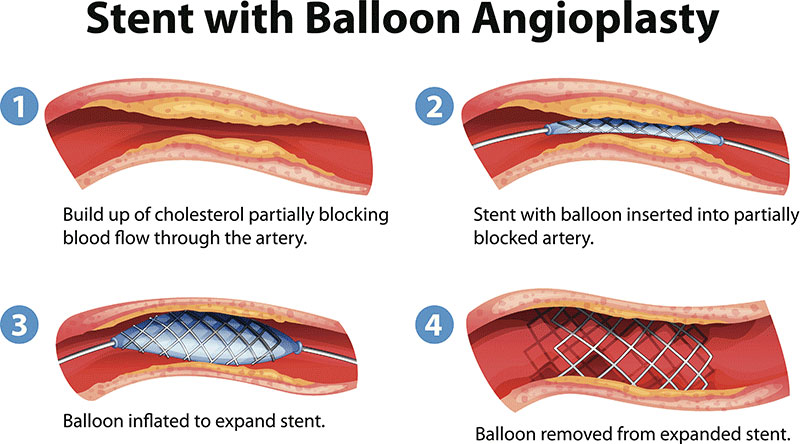 What Is Angioplasty Your Questions Answered Azura Vascular Care
What Is Angioplasty Your Questions Answered Azura Vascular Care
 Percutaneous Coronary Intervention Pci Angioplasty Stents Complications
Percutaneous Coronary Intervention Pci Angioplasty Stents Complications
Angioplasty Dallas Rockwall Stenting Dallas
What Happens During Angioplasty
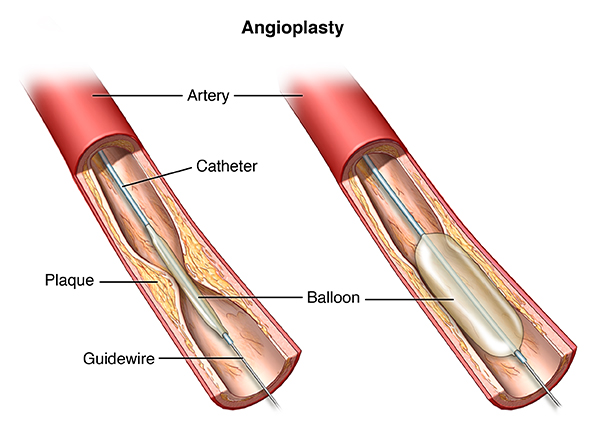
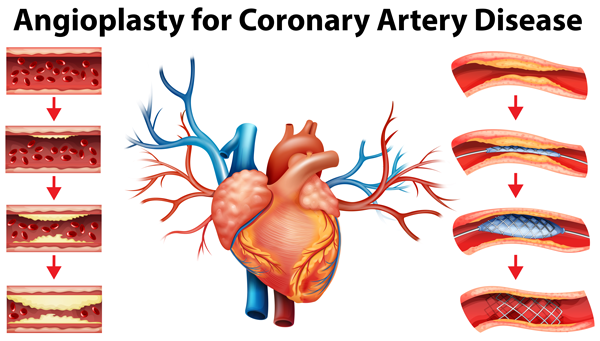 Angioplasty Surgery Cost In Mumbai Coronary Angioplasty
Angioplasty Surgery Cost In Mumbai Coronary Angioplasty
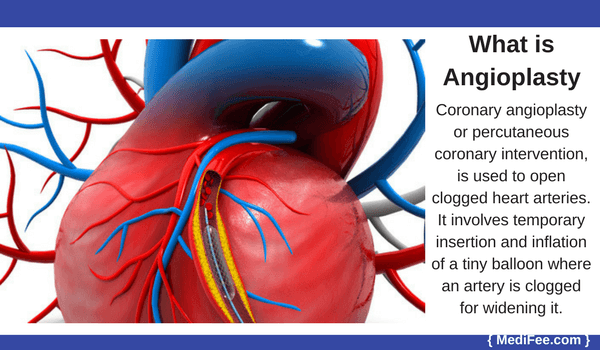 Angioplasty Surgery Techniques And Procedure
Angioplasty Surgery Techniques And Procedure
 Angioplasty Stenting Patchogue New Hyde Park Brookhaven Heart
Angioplasty Stenting Patchogue New Hyde Park Brookhaven Heart
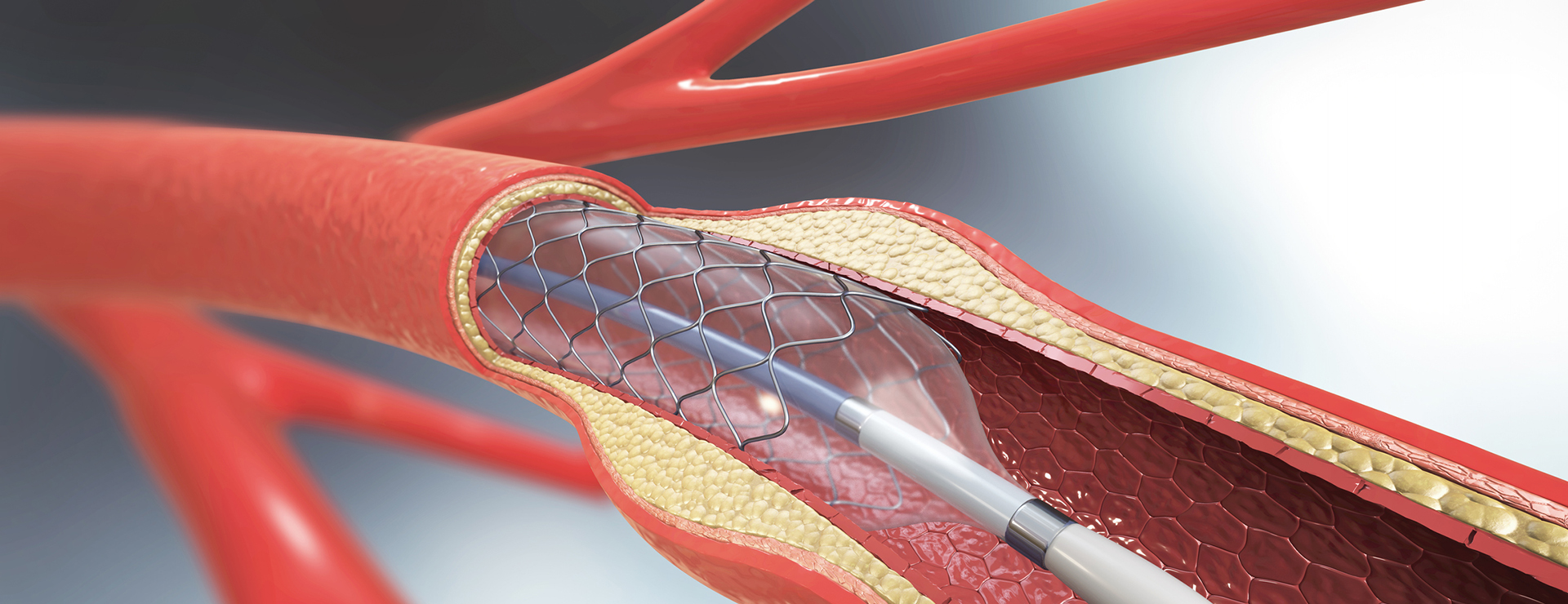
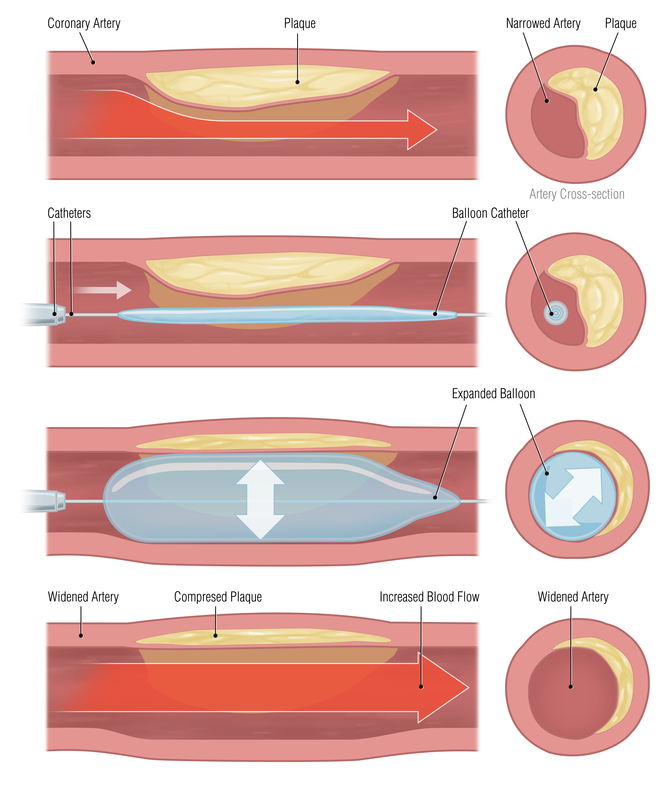
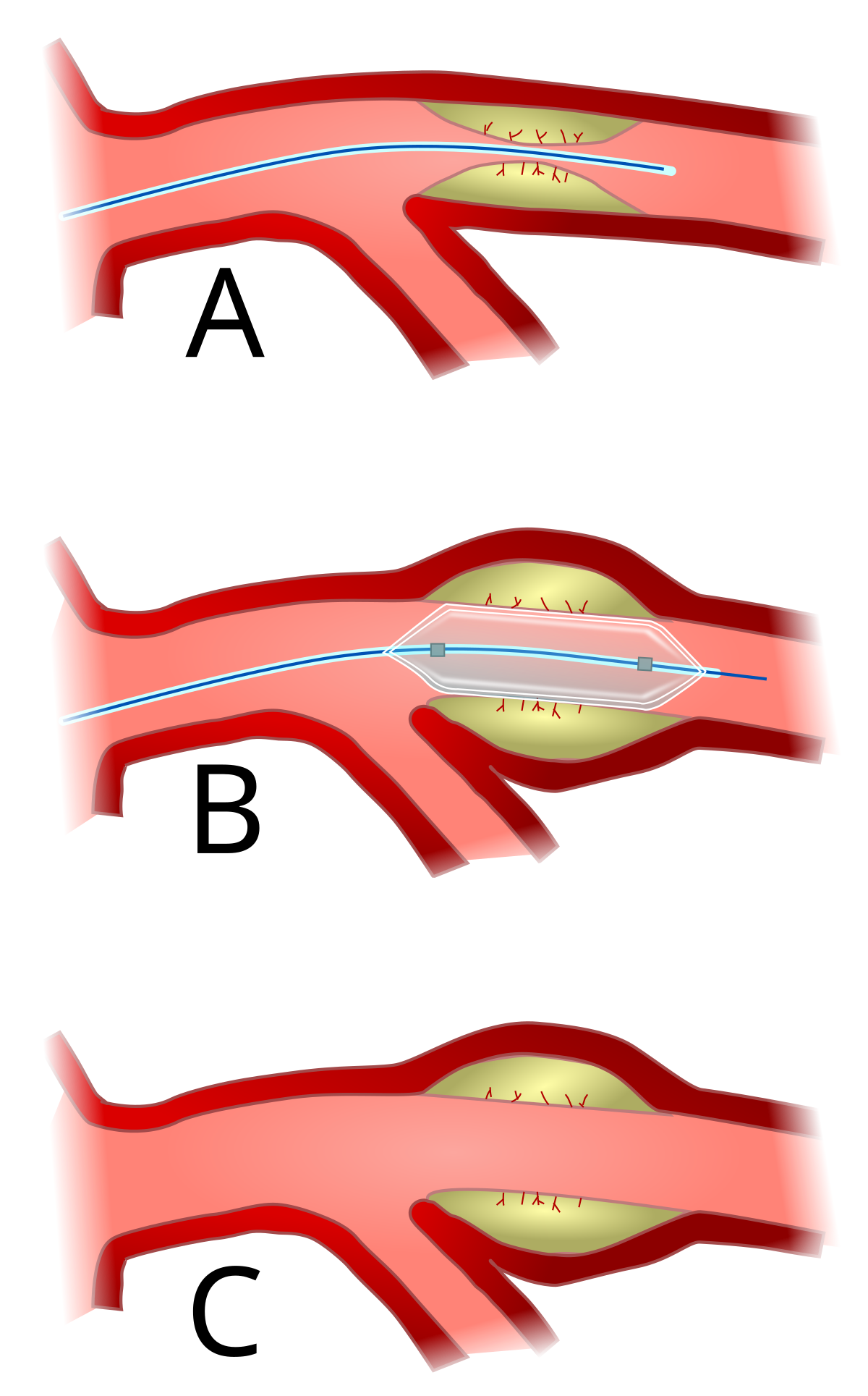

No comments:
Post a Comment
Note: Only a member of this blog may post a comment.